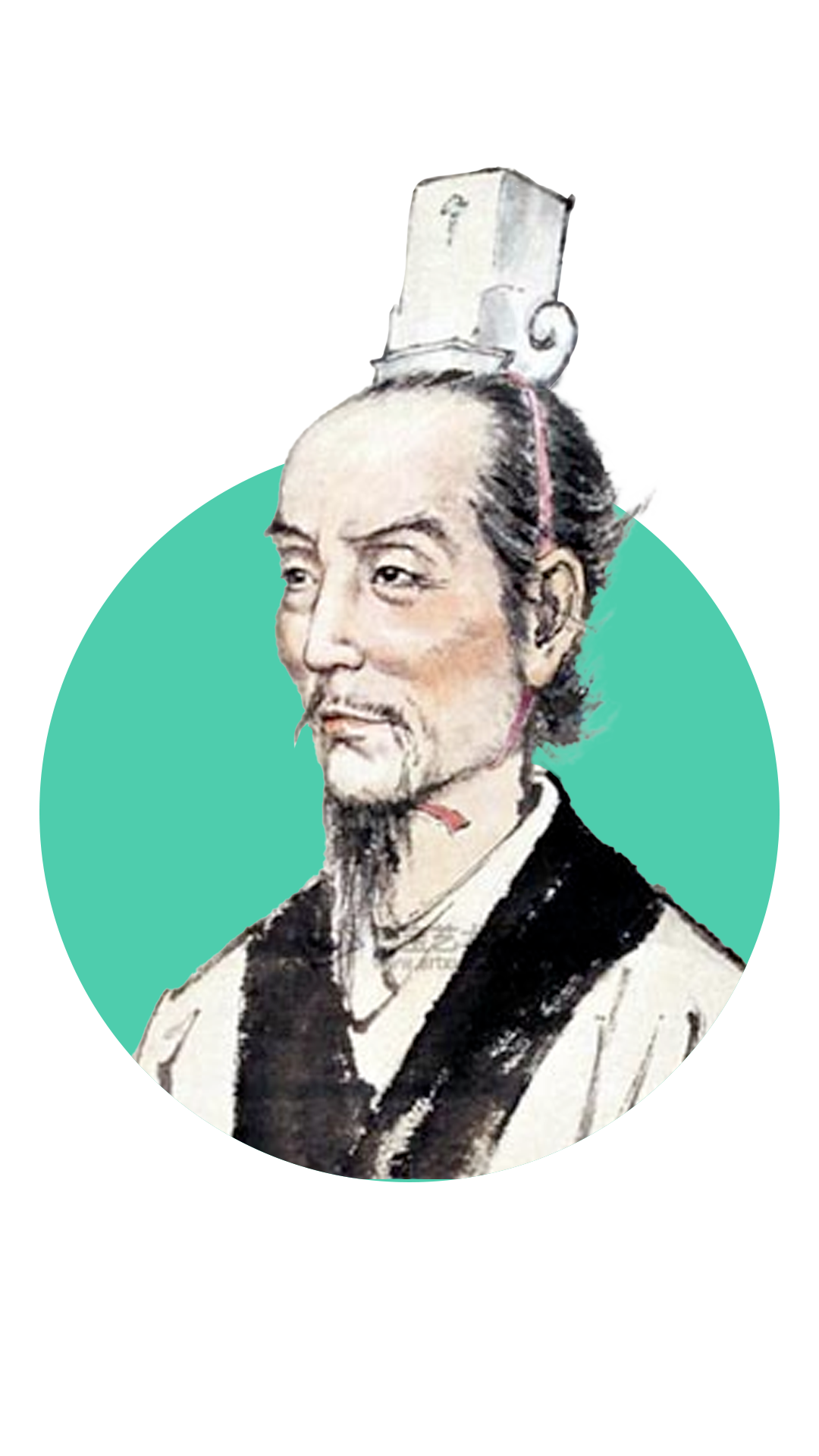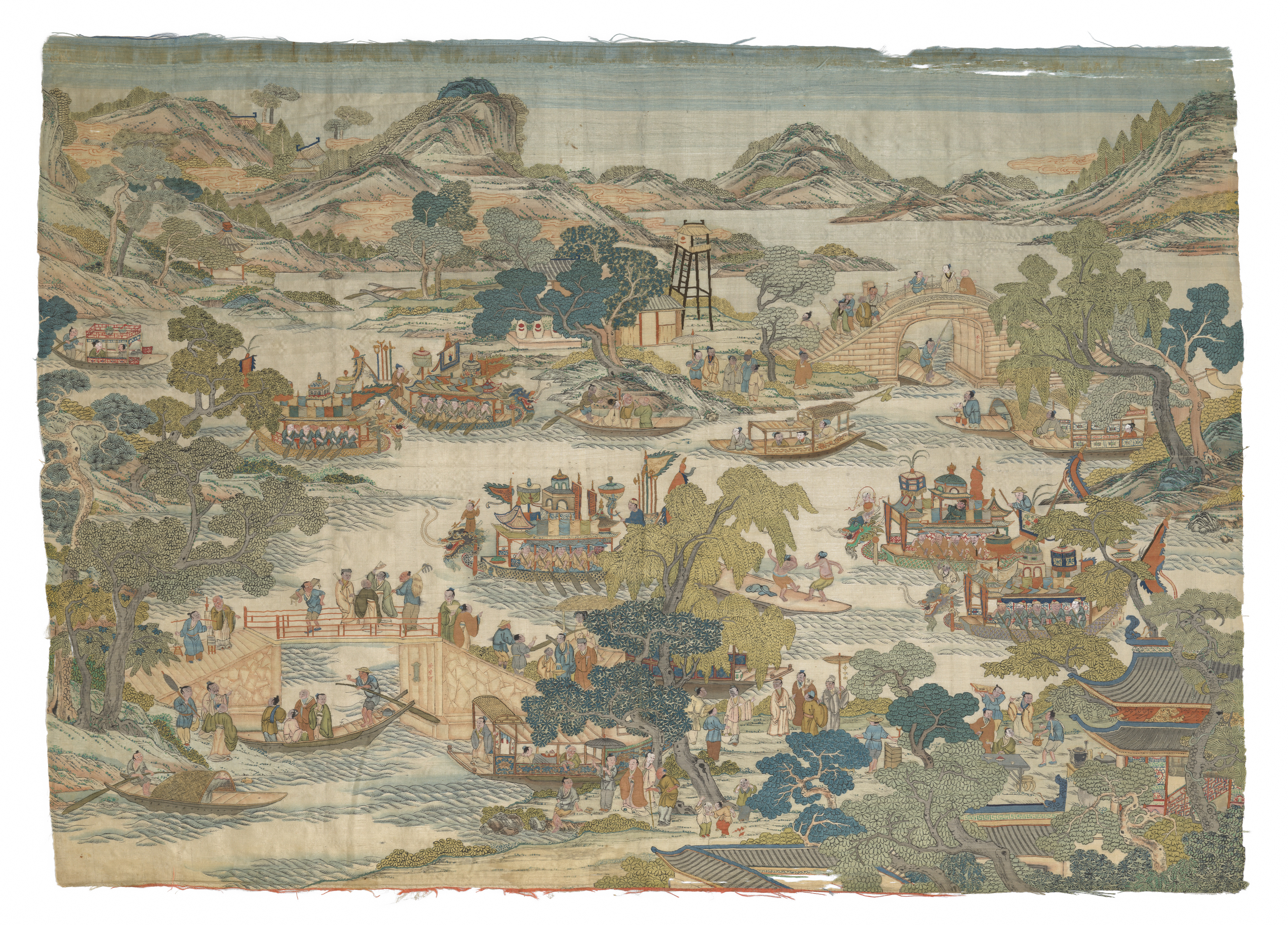About Gateway Dragon Boat Festival
The Origin
The best-known origin story of dragon boat racing is a folk legend about a Chinese statesman and poet by the name of Qu Yuan (c. 340-278 BC). Qu lived during a time in China’s history characterized by a collection of warring states rather than a unified kingdom.
A descendant of the royal house in the ancient state of Chu, Qu served as a government minister and, as a champion of political loyalty, was eager to preserve Chu autonomy in the shadow of the increasingly hegemonic Qin state. When the Chu king fell under the influence of other, corrupt ministers and decided to ally with Qin, Qu publicly criticized the alliance; for this, he was charged with treason and banished. During his exile, Qu travelled the countryside, collecting legends and writing poetry (producing some of the greatest poetry in Chinese literature, for which he is also remembered), expressing fervent love for his state and concern for its future. In the year 278 BC, Qu’s fears were realized when Qin conquered the Chu capital of Ying. Upon learning of this, Qu is said to have waded into the Miluo River holding a great rock in order to commit ritual suicide as a form of protest against the corruption of the day.
Folklore has it that the local people, who greatly admired Qu, rushed out on the water in their fishing boats and tried desperately to save him; they beat drums and splashed the water with their paddles in order to keep the fish and evil spirits from his body. Today, people still participate in dragon boat races during the Duanwu Festival to commemorate Qu Yuan.

The Sport of Dragon Boat Racing
The standard crew of a contemporary dragon boat consists of about twenty paddlers (who sit in pairs facing the front – or bow – of the boat), a drummer or caller (who sits at the bow facing the paddlers), and a sweep (who stands at the rear – or stern – of the boat).
The sweep, or steersperson, uses a long oar to steer the boat, while the paddlers provide its propulsion. The drummer may be considered the heartbeat of the dragon boat, and leads the crew throughout a race with the rhythmic beating of a drum to indicate the cadence of paddling strokes: the paddlers attempt to make their strokes in unison, as synchronous paddling produces greater acceleration and speed.


Mission
To utilize physician leadership to improve the quality, efficiency, and affordability of healthcare.
Vision
We envision a world where patients are actively engaging in their health and healthcare, partnering with physicians who have the power and ability to direct it.
Core Values
- The primacy of physician/patient relationship
- Transparency
- Physician and patient education
- Access through education and advocacy
- Investing in individuals and organizations



